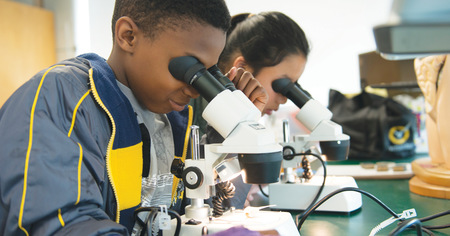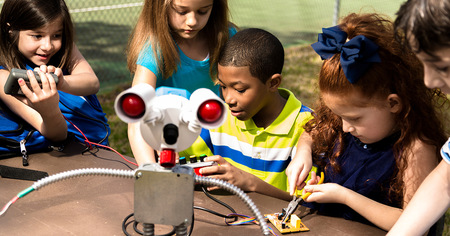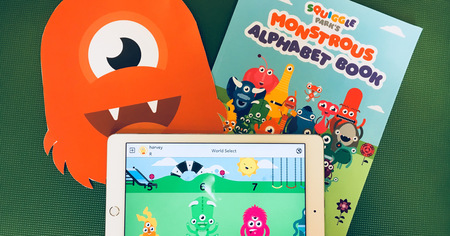Professional Development
NAA publishes fresh, new content every week covering a wide variety of topics related to the field of aftershool. In addition, NAA offers a variety of opportunities for virtual professional development (PD) through meaningful content, conversations and connections. Click here to see full descriptions of virtual PD offerings.
STEM: What Do Your Young People Actually Know?
Tuesday, 10 April 2018 09:42Over the past 10 years, developments in technology and how we interact with information have been racing forward at a staggering pace. We are living in the future—and these changes have impacted young people and their education.
3 Things Everyone Should Know About SEL in Afterschool
Tuesday, 10 April 2018 09:32We know that afterschool and out-of-school time programming have a significant impact on kids.
Learning How to Be an Agile Leader
Tuesday, 03 April 2018 09:28
Effective problem solving requires viewing situations from several angles.
3 Tips to Boost Enrollment in Your Afterschool Program
Tuesday, 03 April 2018 00:00Families are the pillars of afterschool organizations. Their satisfaction with their overall experience will have a significant impact on your enrollment numbers next session.
7 Steps to Youth Engagement
Tuesday, 27 March 2018 09:41Youth development professionals can tell when youth are engaged in a meaningful and challenging activity.
The 21st Century Classroom: Stop Worrying and Love the Tech
Tuesday, 20 March 2018 10:56I am a millennial Luddite working at a tech startup.
Why Professional Development Matters for Out-of-School Time Programs
Tuesday, 13 March 2018 09:57"There is no question that staffing is a key component of quality in out-of-school time (OST) programs," write Suzanne Bouffard and Priscilla M.D. Little in "Promoting Quality through Professional Development."1
Your Guide to Summer Learning Recruitment
Tuesday, 13 March 2018 09:53Research shows that students with high attendance in quality summer learning programs gain an advantage in math and reading—but getting kids to sign up for voluntary learning programs isn't easy.
Question Everything!
Tuesday, 13 March 2018 09:45i. Why is it important to teach STEM with hands-on activities?
ii. Why do you think that?
iii. What personal examples do you have of successfully teaching a hands-on activity?
National AfterSchool Association • 2961A Hunter Mill Road, #626 • Oakton, VA 22124 • info@naaweb.org










